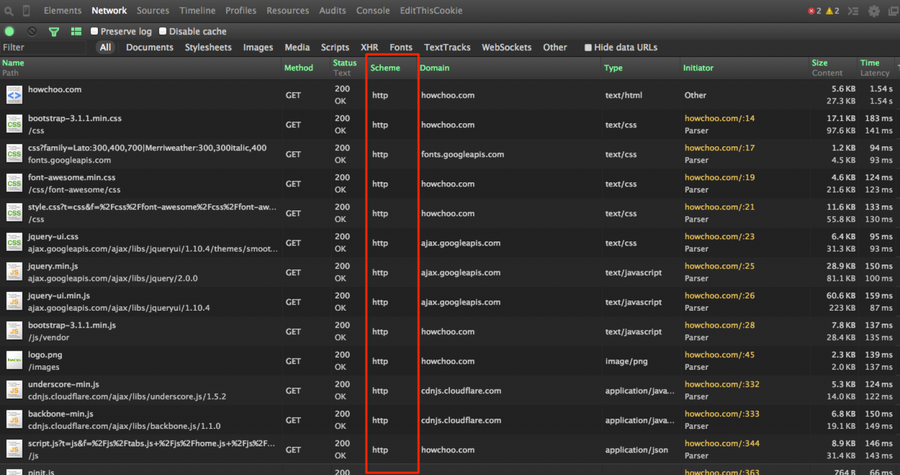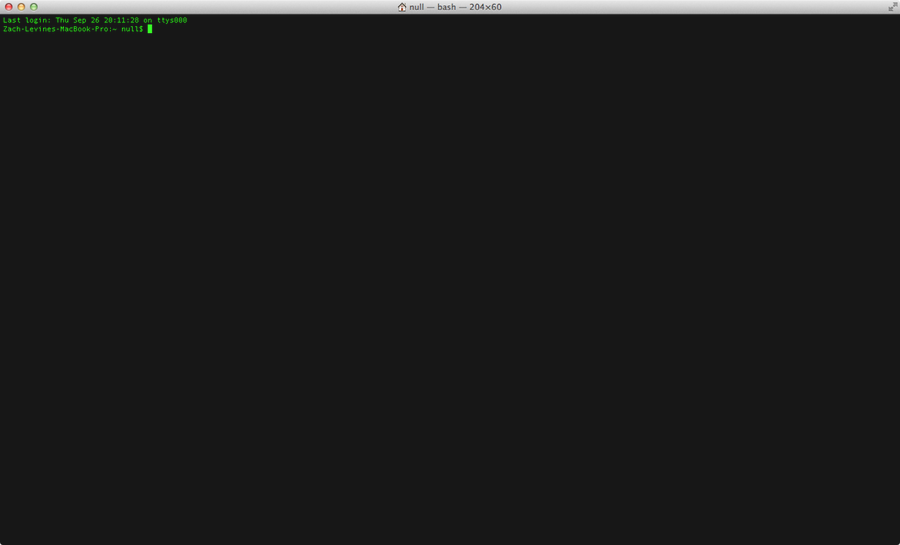Share
How to Turn an Object into Query String Parameters in JavaScript

Share
Interests
As a JavaScript developer, you’ll often need to construct URLs and query string parameters. One sensible way to construct query string parameters is to use a one layer object with key value pairs.
In this guide we’ll cover various ways to turn an object like this:
var params = {
a: 1,
b: 2,
c: 3
};into a query string like this:
"a=1&b=2&c=3"1 – Using map and join
If you’re using a modern browser (or node) you can use map to create an array of strings like a=1, then use join to join them together with &.
ES6
var queryString = Object.keys(params).map(key => key + '=' + params[key]).join('&');ES5
var queryString = Object.keys(params).map(function(key) {
return key + '=' + params[key]
}).join('&');2 – Using jQuery
If you’re the sort of person who uses jQuery, you’ve got a solution readily available:
var queryString = $.param(params);3 – Using the querystring module in node
If you’re using node, you can use the querystring module:
const querystring = require('querystring');
let queryString = querystring.stringify(params);4 – Parameter encoding
If you know you’re keys and values need to be encoded, you should use encodeURIComponent like this:
var queryString = Object.keys(params).map((key) => {
return encodeURIComponent(key) + '=' + encodeURIComponent(params[key])
}).join('&');It’s also possible to query by timestamp in MySQL.
Make YouTube Video Embeds Responsive Using Pure HTML and CSS

Surprisingly, normal YouTube embeds are not automatically sized to the browser window as it is resized. Luckily, you can make YouTube videos responsive and mobile-friendly with some simple HTML and CSS. 1 – The HTML Wrap your embed code in a unique video wrapper (the class name is arbitrary). I chose to use embed-youtube as the selector.




